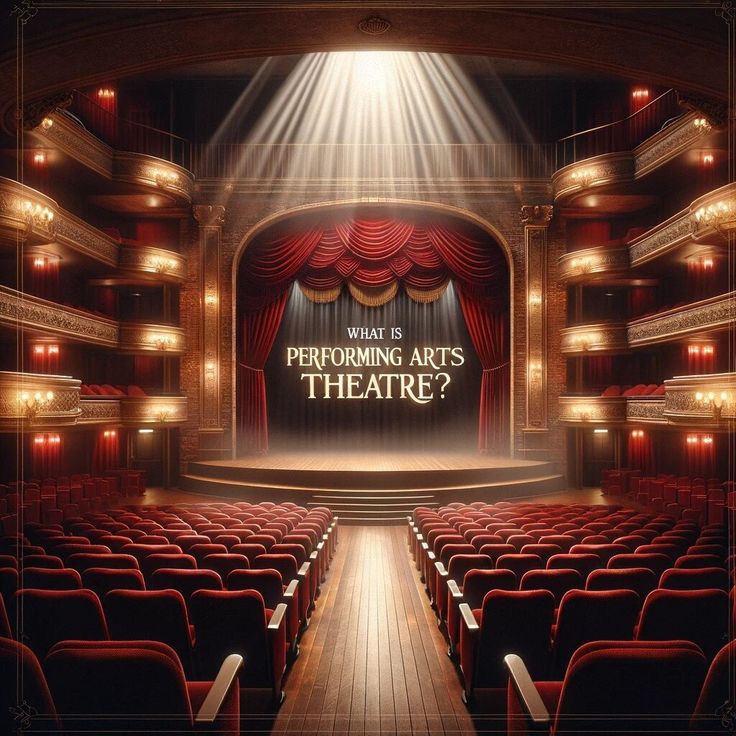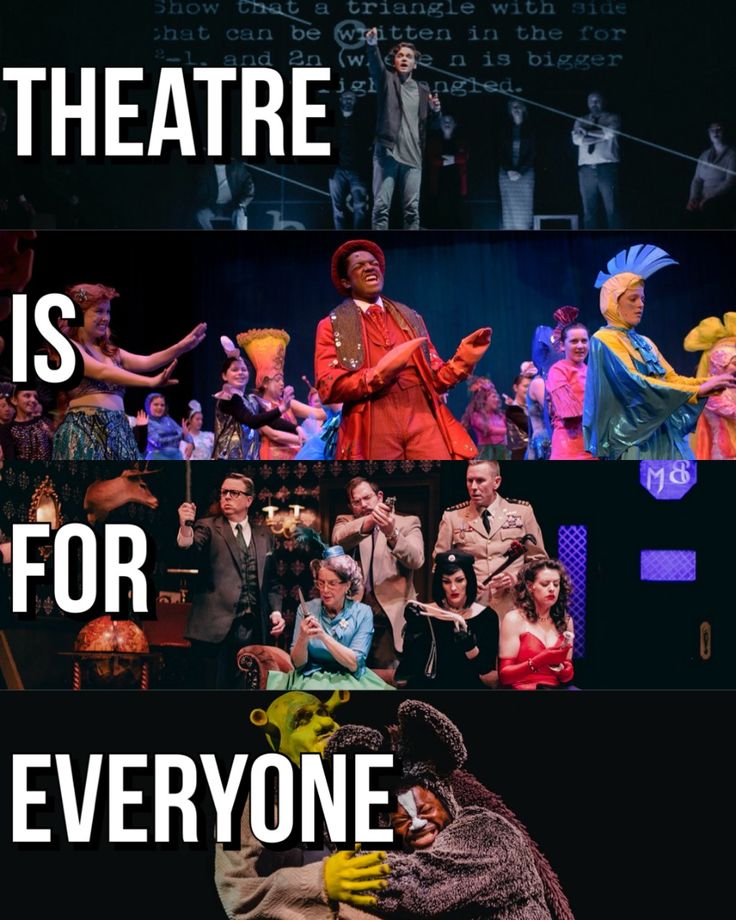Theater Production

Theater production is a complex and enchanted art form that weaves together imagination, technical expertise, and teamwork to realize a story on the stage. From the germ of an idea to the closing curtain, each aspect of theater production has its share in creating an experience that would be etched in memory for a lifetime.
The Genesis of a Production
All plays start with a script or an idea. This original piece of writing can be a new play, an old play, or a translation of a contemporary work. The selection of script tends to be based on the director’s vision or the mission of the theater company, either to entertain, educate, or challenge the audience.
When a script is chosen, the producers and director collaborate to give direction to the project. This initial phase involves budgeting, establishing the target audience, and identifying the location. The magnitude of these decisions determines every step that follows, including casting and marketing.
Casting the Vision: Choosing the Team
The success of a theater production depends on creating the right team. Casting is one of the most important steps, involving directors and casting agents searching for actors who are able to characterize the roles and bring the narrative alive. This process may include auditions, where actors perform and interpret the work.
Equally vital are behind-the-scenes tasks. Set, costume, lighting, and sound designers all play a crucial role in establishing the visual and audio environment of the play. Stage managers, technical staff, and choreographers (where there is dance) all work behind the scenes to get everything into action.
The Rehearsal Process
Rehearsals are where magic starts to coalesce. The actors memorize their lines, develop their characters, and build chemistry with fellow cast members. It is the directors who direct this process and form the performances, making sure that the emotional path of the story works.
Blocking—where actors stand and move during the performance—is a critical part of rehearsals. It not only makes the performance visually pleasing, but it also helps with the story. For instance, where actors stand can show tension or friendship.
As rehearsals continue, technical aspects are incorporated. Lighting cues, sound effects, and scene changes are practiced to create a smooth transition. Technical elements in rehearsal are imperative for catching and correcting problems prior to the opening of the show.
Designing the World of the Play
Design is instrumental in drawing the audience into the story. Set designers design settings that indicate the play’s era, mood, and themes. For instance, a simple set may highlight a play’s dialogue and emotions, while a complex design will take the audience on a trip to another time or fantasy world.
Costume designers, meanwhile, concern themselves with creating characters through clothing. Their work captures the personality, standing, and growth of each character. From era-indicative gowns to symbolic uses of color, costumes make their point in quiet but powerful terms.
Lighting and sound designers top off the sensory experience. Lighting can achieve mood change, highlight dramatic moments, and direct audience attention. Meanwhile, sound effects and music enhance feelings and add depth to the production’s environment.
The Marketing Role

Even the best-produced stage show requires an audience. Marketing plays a role in getting the word out and creating buzz. Tactics involve social media campaigns, flyers, email newsletters, and deals with local organizations or schools.
Good marketing brings out the best qualities of the production. It could emphasize the big-name actors featured in it, the timing of the play’s themes, or the creativity of its presentation. Engaging the people and creating a buzz, marketing guarantees that seats are taken when the curtain goes up.
Opening Night and Beyond
The result of all the hard work over months materializes on opening night. The night is exciting and terrifying for everyone. The audience’s responses—laughter, gasps, applause—give instant feedback and energy to the performers.
While the opening night often garners the most attention, consistency across performances is crucial. Actors, crew, and directors strive to maintain the same level of excellence for every show, ensuring that each audience experiences the magic of theater production.
Challenges in Theater Production
Theater production is not without risks. Creative limitation can be imposed by budget issues, and technical glitches may crop up when least expected during performance. Strong interpersonal and problem-solving skills are also needed for handling a huge team of artists and technicians.
Moreover, being relevant in the midst of a constantly evolving entertainment scene is a constant challenge. Theatre has to compete with film, streaming media, and other digital media. The invention of digital experiences, the use of technology, or addressing current themes makes theatre remain new and interesting.
The Impact of Theater
Despite these challenges, theater production remains a vital cultural force. It fosters empathy by allowing audiences to step into someone else’s shoes. It also brings communities together, offering shared experiences that spark conversation and reflection.
Theatre production is not merely about communicating stories; it’s about evoking feelings and thoughts. Whether it’s a warm-hearted comedy, an engrossing drama, or an intellectual experimental work, each production holds the ability to make a lasting impact.
Looking to the Future
The future of theater production is wide open. Virtual reality, interactive productions, and digital partnerships are pushing the limits of what can be done on stage. These technologies have the potential to introduce new audiences to the art form while maintaining its relevance and vitality.
In the end, the nature of theatre production never changes: a commitment to the craft of storytelling, a love affair with creativity, and a partnership of those passionate about what they do. While there are stories to be told, theatre will continue to enthrall and inspire people everywhere.





